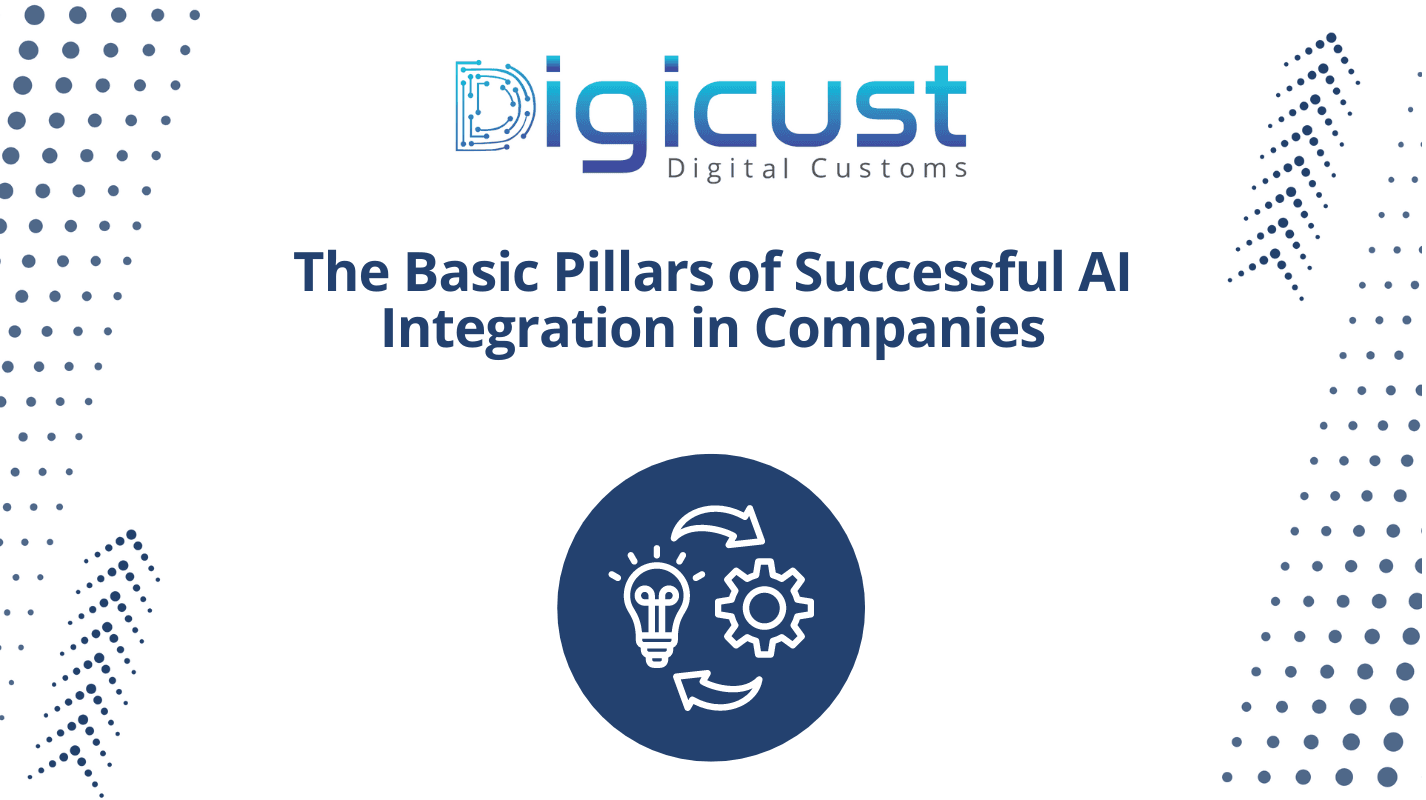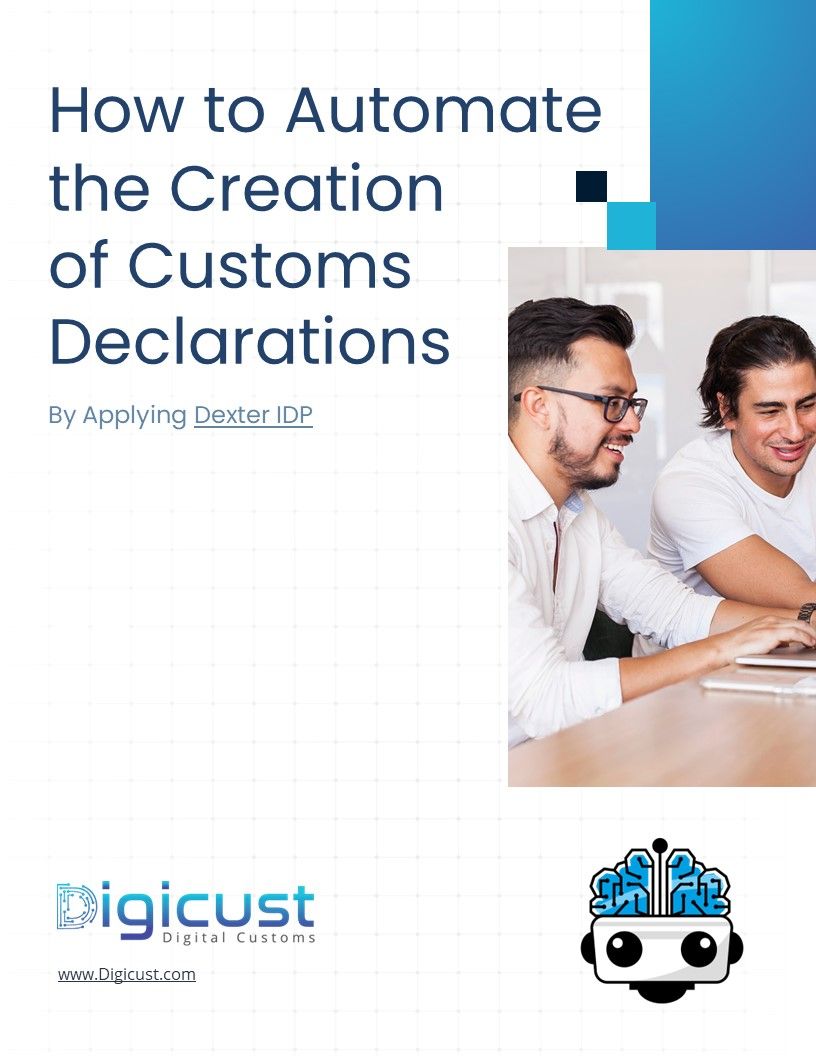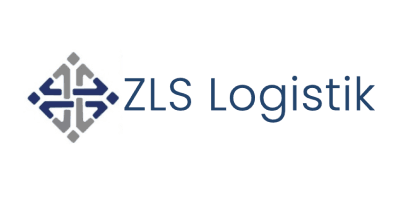The basic pillars of successful AI integration in companies

In our latest blog series, we look at the three pillars of a successful AI implementation. Our experts at Digicust explain how you can best integrate AI solutions in customs clearance into your company.
Artificial Intelligence (AI) is increasingly establishing itself as a present technology in our social and business environment. Yet, implementing AI goes far beyond mere technical challenges. To systematically introduce AI and reach the next phase of technological business development, it is not only necessary to collect, process and evaluate data of sufficient quality and quantity. The success of AI applications depends crucially on the organisation and the people who work with this new technology. If you want to use the full potential of this technology in your company, you have to create a balanced harmony between people, technology and organisation. Is your organisation ready for the use of AI?
The overlooked key factors in implementing AI The extensive literature on AI and related projects tends to overlook the fact that more is required for AI to succeed than just technical prerequisites and high-quality data. The supposedly exciting "new" technology and its applications often take centre stage, while the human factor and existing business structures, especially existing systems and processes, are often treated only superficially or not at all. Although the importance of these aspects for conventional projects is well known, they are often neglected, especially in the field of AI - precisely here, where they are of particular importance. It is therefore hardly surprising that projects fail, mostly not because of technical problems. Successful AI requires the harmonious interaction of the three pillars of systematic change: the people, the organisation and the technical systems must be brought into line:
Human factors: the key resource for successful AI The full potential of an AI project is only revealed through the information in the data, and professionals are best placed to judge what knowledge lies in the existing data and set realistic project goals. If the human factor is not taken into account during development and implementation, acceptance or understanding of AI solutions cannot be built, leading to disruption. Media and marketing often portray AI as in movies like "Terminator" and "Matrix": as robots and systems that are partially human-like and can successfully face new situations. In fact, our AI today is limited in that it can solve problems in a very focused way, but has difficulty with major changes in data. Yet it is often seen as a kind of 'magic black box' that generates results from data in an ambiguous way. Successful collaboration between humans and AI therefore requires a deep understanding of acceptance, facilitation and collaboration.
In the next blog, we will talk about the technical systems that are required and what implementation steps are necessary. So stay tuned.

How To Automate The Creation of Customs Declarations - By Applying Dexter IDP
Learn about requirements engineering, benchmarking IDP providers, and automating customs declarations with Dexter IDP.
News from our Blog
Learn about customs clearance, foreign trade, our product updates and our latest achievements.




































